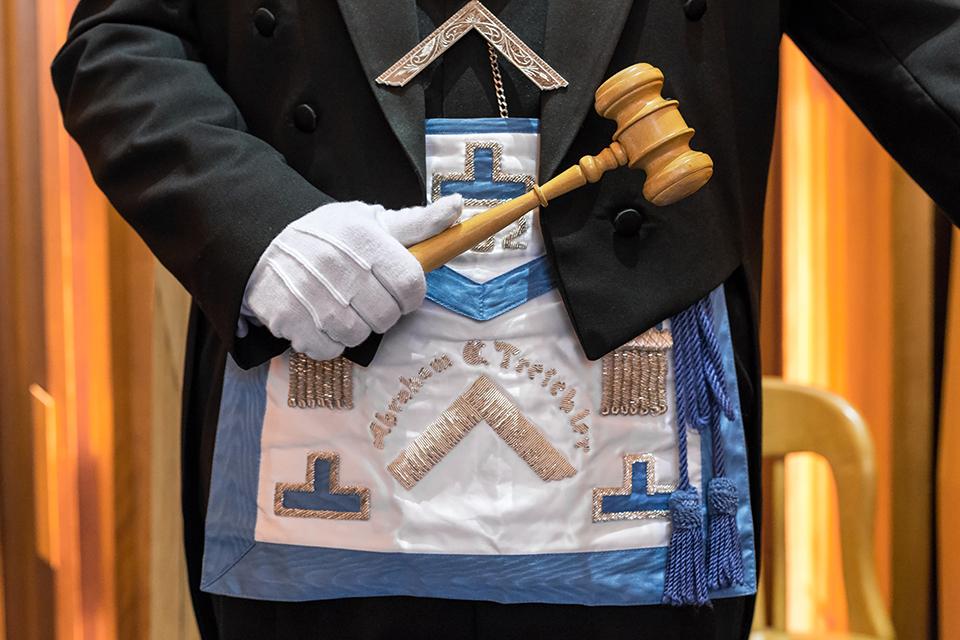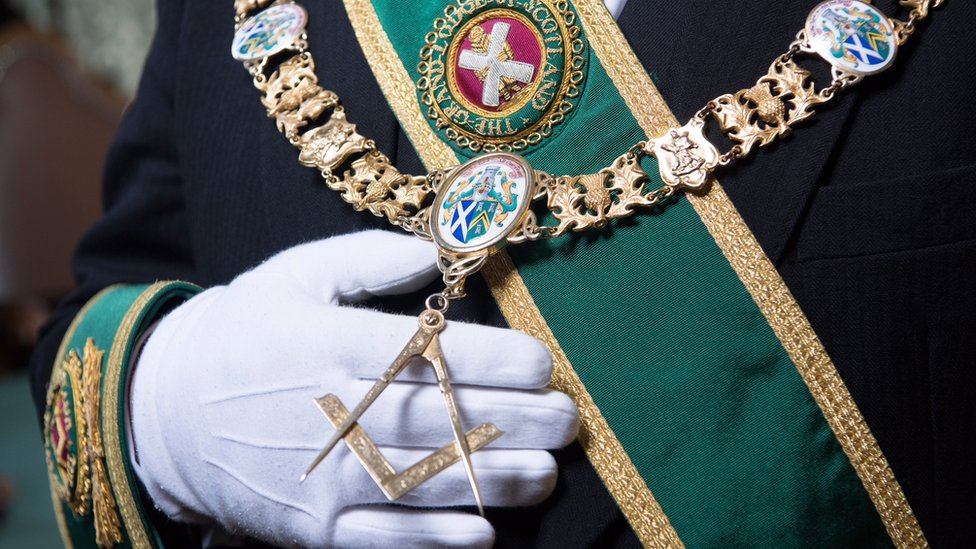Essential Steps on How to Successfully Join Freemason in Your Community
Essential Steps on How to Successfully Join Freemason in Your Community
Blog Article
Exploring the Mysteries of the Freemason: What You Need to Know
The Freemason, a term commonly shrouded in intrigue and controversy, represents an intricate tapestry of historical reality and modern-day myth. Developed in the late 18th century, this secret society was initially rooted in the Knowledge's ideals yet has given that become associated with conspiracy theory concepts concerning elite control. As we browse the beginnings, key numbers, and the stark contrast in between myth and truth, one have to consider how these narratives affect modern perceptions of power and secrecy. What could be revealed via a better exam of these elements could challenge long-held assumptions concerning the darkness that remain in our culture.
Beginnings of the Freemason
The beginnings of the Freemason are soaked in a blend of historical intrigue and ideological eagerness. Developed in 1776 in Ingolstadt, Bavaria, by Adam Weishaupt, the group was initially created as a secret culture focused on promoting Knowledge ideals such as reason, secularism, and the splitting up of church and state. Weishaupt, a teacher of canon regulation, sought to challenge the prevailing authority of the church and state, which he deemed overbearing institutions stifling intellectual and personal liberty.
The Freemason sought to hire significant participants from different social fields, consisting of national politics, academic community, and the arts, to promote a network committed to these Enlightenment concepts. The culture run under a veil of secrecy, employing coded language and rituals to shield its participants from persecution, especially given the repressive environment of the moment. Nevertheless, the Freemason encountered considerable resistance from both governmental authorities and religious institutions, which watched the team as a risk to their power.
Key Numbers and Participants
That were the critical numbers that formed the Freemason's early impact and instructions? The Bavarian Freemason, founded in 1776 by Adam Weishaupt, arised as a feedback to the overbearing social structures of the time. how to become a freemason. Weishaupt, a regulation professor, visualized the organization as a way to promote Knowledge perfects such as factor, secularism, and equality. His initial employment initiatives included prominent intellectuals, such as Baron von Knigge, who played a crucial function in expanding the team's subscription and organizational framework.
Another considerable figure was Johann Gottlieb Fichte, a famous thinker whose concepts on nationalism and education resonated with the Freemason's objectives. Fichte was not a formal participant, his philosophical underpinnings influenced the group's ideological background. In addition, numbers like the author and thinker Johann Wolfgang von Goethe were related to the wider intellectual motions of the moment, although their direct participation with the Freemason continues to be discussed.
These key numbers added to the Freemason's very early instructions, pressing the boundaries of political and social idea, while their cumulative efforts aimed to test well established standards and promote an environment of modern change in Europe.
Misconceptions vs. Reality
Numerous false impressions border the Freemason, usually blending truth with fiction in a way that obscures its true nature. This secret society, initially established in 1776 in Bavaria, aimed to promote Enlightenment perfects and fight spiritual and political fascism. The concept that the Freemason remains to apply considerable impact over world events is a misconception. While the team did exist, it was disbanded in the late 18th century his explanation and has actually not run as a natural entity given that after that.
One more widespread misconception is that the Freemason comprises a network of elite people controling international events. Actually, lots of conspiracy theory concepts overemphasize the group's significance, attributing unfounded motives to societal trends and events. This has brought about an oversimplified view of benefit of joining freemason complicated concerns.

Modern Interpretations
Contemporary interpretations of the Freemason usually mirror wider social anxieties and a fascination with privacy and power. This contemporary lens often links the Freemason with conspiracy theories that suggest a surprise elite manages globe events, controling federal governments and economic situations for their very own gain. Such stories use an ingrained suspect of authority, especially in times of crisis or social upheaval.

Moreover, some modern-day analyses frame the Freemason as an allegory for the complexities of globalization and the interconnectedness of prominent individuals and companies. This viewpoint urges an important assessment of just how power dynamics operate in today's world, highlighting the equilibrium in between openness and secrecy in governance and company methods.
Cultural Effect and Legacy
Influenced by centuries of intrigue, the cultural influence and heritage of the Freemason extend much past its historical origins. This secret culture, developed in the late 18th century, has actually penetrated various facets of prominent society, from literary works and film to songs and art. The principle of the Freemason has developed right into a sign of conspiracy theories, typically representing a perceived hidden power manipulating worldwide occasions.
In literature, authors like Dan Brown have actually woven the Freemason into elaborate plots, captivating readers with motifs of secrecy and power. Films such as "National Prize" and "The Da Vinci Code" further continue the attraction of the society, mixing reality with fiction to produce interesting stories.
The Freemason's influence also extends right into music, with musicians referencing the organization to stimulate styles of rebellion and social critique. This representation has added to an attraction with the idea of clandestine groups regulating the levers of power, reflecting societal anxiousness about authority and openness.
Eventually, the Freemason's tradition is an intricate tapestry of misconception and truth, forming assumptions of privacy and control in contemporary discussion. Its long-lasting presence in society emphasizes humankind's seasonal quest for comprehending surprise truths.
Conclusion
The expedition of the Freemason discloses a complicated interaction in between historic realities and modern-day myth-making. Established in the Enlightenment age, this culture intended to test oppressive structures, yet its legacy has been outweighed by conspiracy theories that suggest elite manipulation. Comprehending the differences in between the initial suitables and modern analyses is vital for comprehending the sustaining attraction with the Freemason and its significant influence on social stories surrounding power and secrecy in society.
Report this page